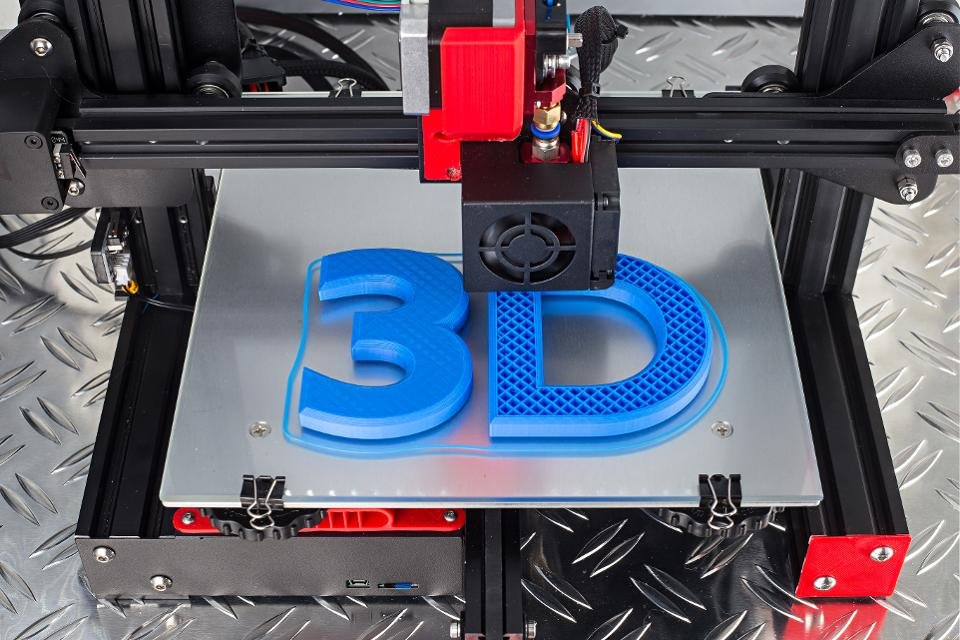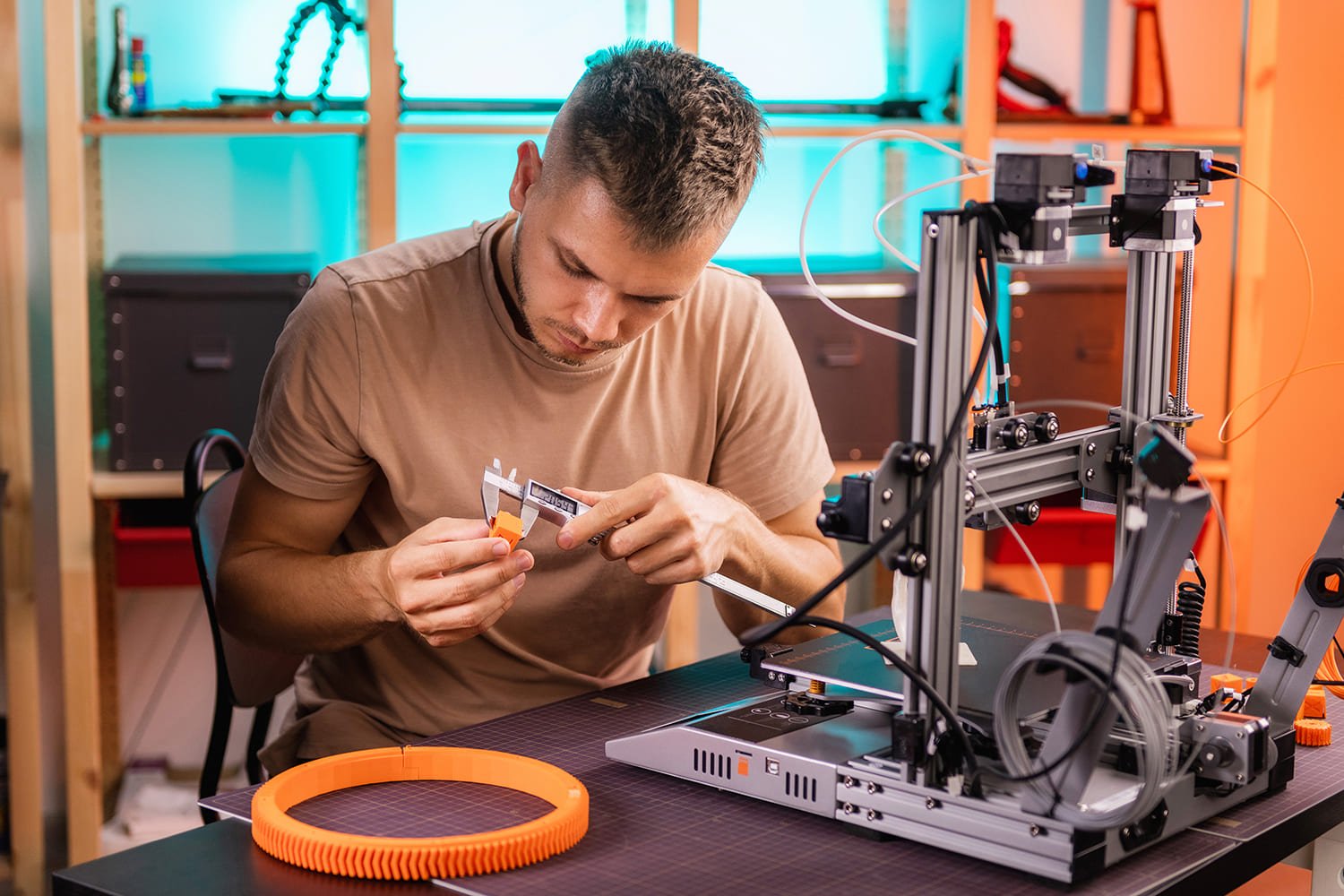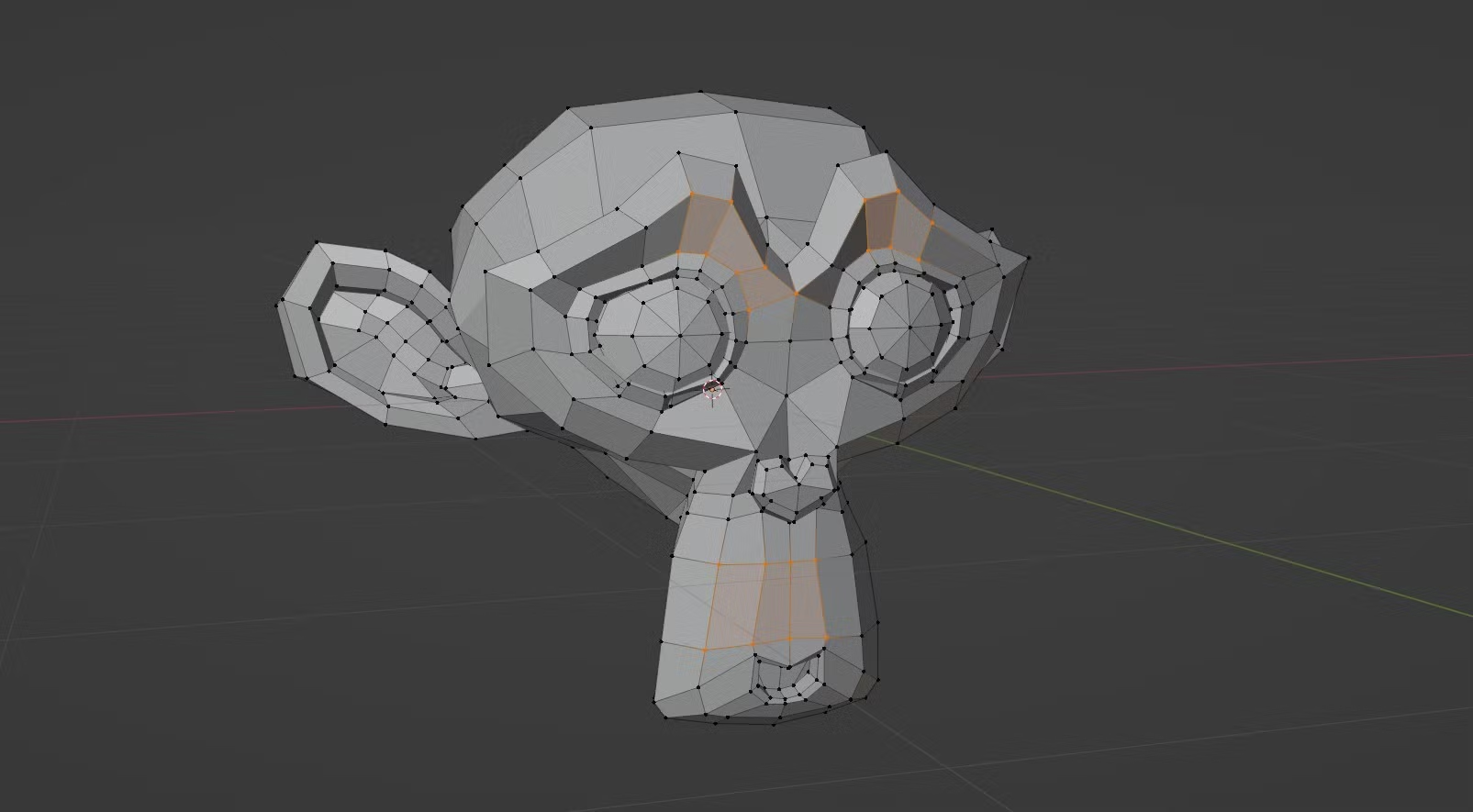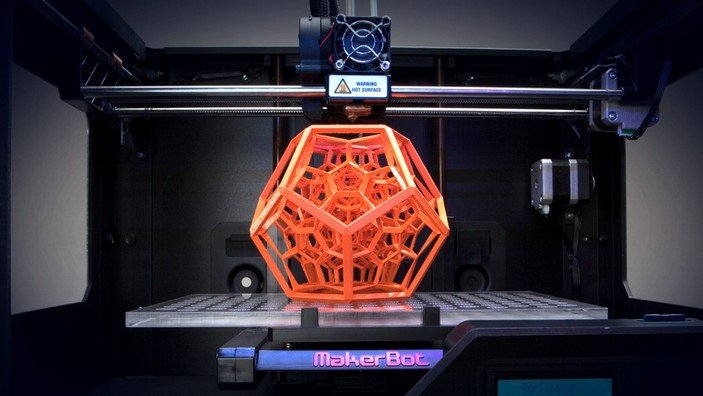If you’re looking to improve your 3D printing skills, you’re in the right place. Whether you’re a beginner or have some experience, improving your printing abilities can make a huge difference in the quality of your projects. In this post, we’ll explore several ways to boost your 3D printing skills, troubleshoot issues, and make the most of your 3D printer.
1. Start with the Basics
To improve your 3D printing skills, it’s important to first understand the basics. Knowing how your 3D printer works, what materials are best for different projects, and how to adjust your settings is essential. Before you begin creating complex designs, practice with simple shapes and smaller projects. This will help you understand how to set up your printer and make adjustments without the pressure of a big project.
By mastering the basics, you’ll have a strong foundation that will support your learning as you progress. Take the time to read your printer’s manual and watch tutorials to fully understand the features of your device. It will make future prints smoother and more successful.
2. Choose the Right Materials
One of the easiest ways to improve your 3D printing skills is by selecting the right materials for each project. Different filaments, such as PLA, ABS, or PETG, have unique properties that affect the final print. For beginners, PLA is often the best material because it’s easy to work with and doesn’t require a heated bed.
As you improve, try experimenting with other filaments to see how they impact your projects. Some materials may require different temperatures, print speeds, and settings. Understanding which material works best for your design can help you get better results. By learning how each filament behaves, you’ll improve your overall printing skills.

3. Calibrate Your Printer
One key step in improving your 3D printing skills is ensuring that your printer is properly calibrated. Calibration is crucial for achieving high-quality prints. Start with the bed leveling—if the print bed isn’t level, your prints will be uneven and may not stick properly to the surface. Use your printer’s settings to adjust the bed until it’s even.
Also, make sure the nozzle is clean and that the filament is feeding correctly. If your printer’s extrusion system is clogged or misaligned, it will cause issues with your prints. Regularly calibrating your printer will save you time and frustration in the long run.
4. Optimize Your Print Settings
Another great way to improve your 3D printing skills is by adjusting the print settings to fit your project. Different models require different settings for optimal results. For example, if you’re printing a small, detailed item, you might want to use a slower print speed and a higher layer resolution. This will ensure your print is smooth and accurate.
For larger prints, you may need to adjust the temperature, speed, and layer height to ensure better adhesion and reduce warping. Experimenting with different settings and understanding how they affect your prints will significantly boost your printing skills.
5. Troubleshoot Common Issues
As you continue to develop your 3D printing skills, you may run into common problems like warping, under-extrusion, or layer misalignment. Learning how to troubleshoot these issues will help you get better results.
If you notice warping, try increasing the bed temperature or using a heated bed. For under-extrusion, check if the filament is properly loaded or if there’s a clog in the nozzle. If layers are misaligned, ensure your printer is calibrated correctly and check the belts for any looseness. Understanding these issues and how to fix them is an essential part of improving your skills.
6. Experiment with Different Designs
One way to take your 3D printing skills to the next level is by experimenting with different designs. Start by downloading models from online repositories like Thingiverse or MyMiniFactory. Once you feel more confident, try creating your own 3D models using design software like Tinkercad or Fusion 360.
The more designs you try, the more you will understand how different shapes and structures behave during the printing process. Some designs may be more difficult to print than others, but with practice, you’ll become better at adjusting your settings and troubleshooting problems.
7. Learn from Others
One of the best ways to improve your 3D printing skills is by connecting with others in the 3D printing community. Join online forums, social media groups, or attend meetups where you can learn from experienced printers. These communities often share valuable tips, tricks, and advice that can help you avoid common mistakes and improve your projects.
Additionally, don’t hesitate to ask for help when you encounter problems. Experienced printers can offer solutions that may save you time and frustration. The more you learn from others, the faster you’ll improve your 3D printing skills.
8. Keep Practicing and Be Patient
Improving your 3D printing skills takes time and practice. Don’t be discouraged if your prints don’t turn out perfect on the first try. As with any skill, practice makes perfect. The more you experiment, troubleshoot, and learn, the better your results will become.
Remember that every mistake is a learning opportunity. If a print fails, take the time to analyze what went wrong and how you can improve next time. Over time, you’ll gain more confidence and create better, more intricate prints.
Conclusion
To summarize, improving your 3D printing skills is all about practice, experimentation, and learning. By understanding your printer, selecting the right materials, calibrating your machine, and optimizing your settings, you can significantly enhance the quality of your prints. Troubleshooting common issues, experimenting with new designs, and learning from others in the 3D printing community will help you keep progressing.
Most importantly, be patient and persistent. As you continue practicing, you’ll see improvement in your 3D printing abilities. Keep experimenting, and don’t be afraid to challenge yourself with more advanced projects. Happy printing!




